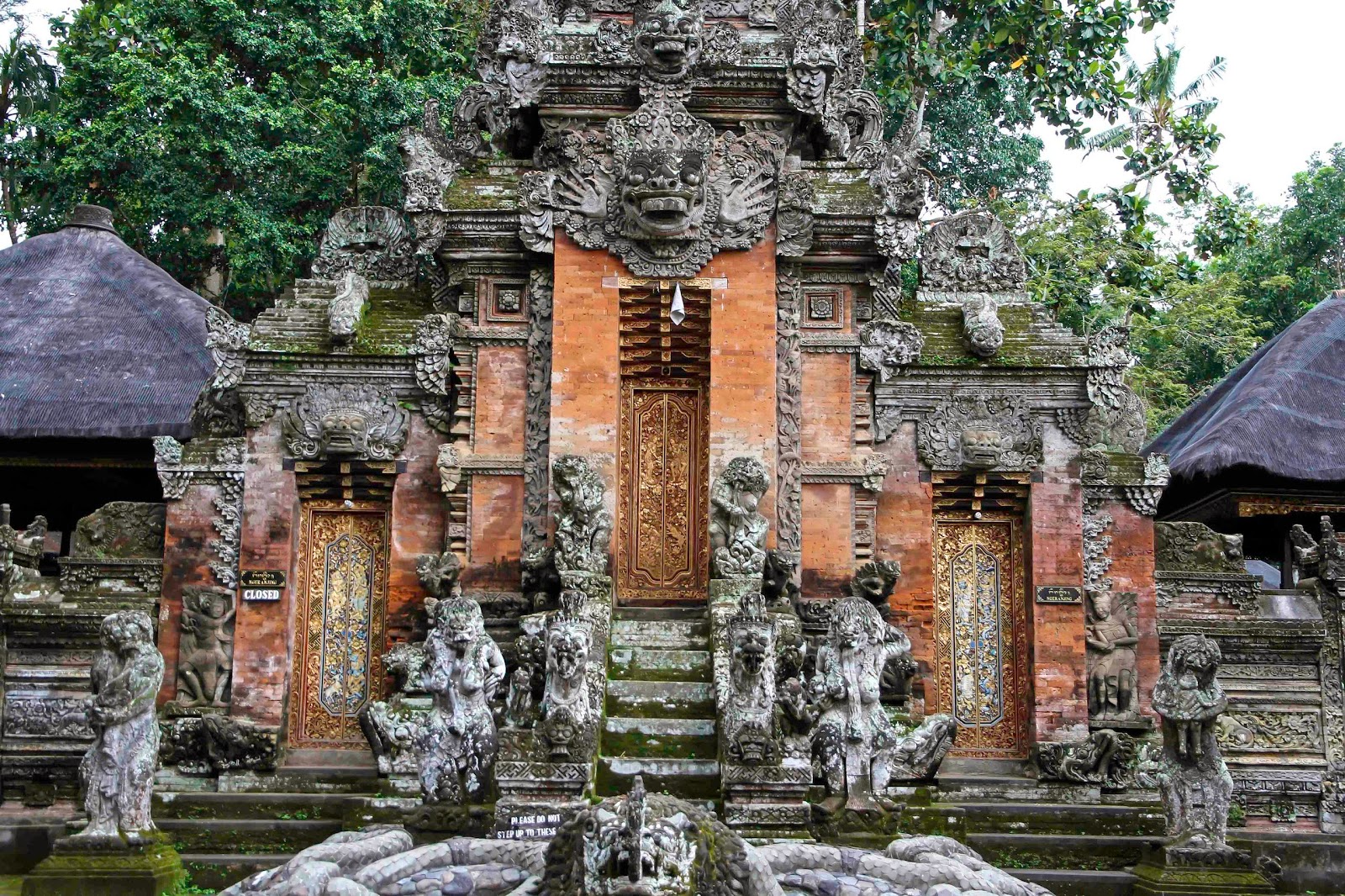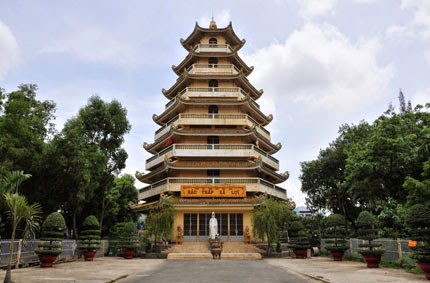lake zurich switzerland
Lake Zürich (Swiss German / Alemannic: Zürisee; German: Zürichsee) is a lake in Switzerland, extending Southeast of the city of Zürich. Depending on the context, Lake Zürich or Zürichsee can be used to describe the lake as a whole, or just that part of the lake downstream of the Seedamm at Rapperswil, whilst the upstream part of Rapperswil may be called the Obersee or Upper LakeLake Zürich is formed by the LINTH river, the which rises in the glaciers of the Glarus Alps and was diverted by the Escher canal (completed in 1811) into Lake Walen from where its waters are Carried to the east end of Lake Zürich by means of the LINTH canal (completed in 1816). The waters of the Lake of Zürich flow out of the lake at its north-west end, passing through the city of Zürich; however, the outflow is then called the Limmat. The culminating point of the lake's drainage basin is the Todi at 3.614 meters above sea levelNo streams of importance flow into the lake besides the LINTH. The Seedamm, a partially artificial causeway and bridge, crosses a narrow point of the lake carrying a railway line and road from Rapperswil to Pfäffikon. The eastern section of the lake is known as the Obersee, German for "upper lake". West of this dam lie the small islands of Lützelau and Ufenau, where Ulrich von Hutten in 1523 took refuge and Died. Both shores are well Cultivated and fertile. Another touristic destination is the Au peninsula at the village of Au between Wädenswil and Horgen.To the east - separated by Zürichberg-Adlisberg, Forch and Pfannenstiel - are two minor lakes: Greifensee (Lake Greifen) and Pfäffikersee (Lake Pfäffikon). Zimmerberg and the Etzel regions lie to the west.
Fraumunster church

The Fraumünster Church (lit. in English: Women's Minster, but Often wrongly translated to [Our] Lady Minster) in Zurich is built on the remains of a former abbey for aristocratic women which was founded in 853 by Louis the German for his daughter Hildegard . He endowed the Benedictine convent with the lands of Zurich, Uri, and the Albis forest, and granted the convent immunity, placing it under his direct authority. Today, it belongs to the Evangelical Reformed Church of the Canton of Zürich and is one of the four games churches of Zürich, the other's being the Minster, Prediger and St. Peter's church.In 1045, King Henry III granted the convent the right to hold markets, collect tolls, and mint coins, and Thus Spake Effectively made the Abbess the ruler of the city.Emperor Frederick II granted the abbey Reichsunmittelbarkeit in 1218, Thus making it territorially independent of all authority save that of the Emperor himself, and increasing the political power of the Abbess. The Abbess assigned the mayor, and she frequently delegated the minting of coins to citizens of the city. A famous Abbess during this time of great power was Elisabeth of Wetzikon.However, the political power of the convent slowly waned in the Fourteenth Century, beginning with the establishment of the Zunftordnung (guild laws) in 1336 by Rudolf Brun, WHO Also Became the first major independent, ie not assigned by the Abbess.The abbey was dissolved on 30 November 1524 in the course of the Reformation of Huldrych Zwingli, supported by the last Abbess, Katharina von Zimmern.
The Minster ("great minster") is a Romanesque-style Protestant church in Zurich, Switzerland. It is one of the four major churches in the city (the others being the Fraumünster, Predigerkirche and St. Peterskirche). Its congregation forms part of the Evangelical Reformed Church of the Canton of Zürich. The core of the present building near the banks of the Limmat River was constructed on the site of a Carolingian church, which was, According to legend, originally commissioned by Charlemagne.Construction of the present structure Commenced around 1100 and it was inaugurated around 1220.
The Minster was a monastery church, vying for precedence with the Fraumünster across the Limmat throughout the Middle Ages. According to legend, the Grossmünster was founded by Charlemagne, Whose horse fell to its knees over the tombs of Felix and Regula, Zürich's patron saints. The legend helps support a claim of seniority over the Fraumünster, which was founded by Louis the German, Charlemagne's grandson. Recent archaeological evidence confirms the presence of a Roman burial ground at the site
The monastery buildings were destroyed in 1898 to the make room for the new Stadthaus. The church building today serves as the parish church for one of the city's 34 reformed parishes. Munsterhof, the town square in front of the Fraumünster, is named after the former abbey. Gesellschaft zu Fraumünster cultivates the traditions of the former convent Nunnery.
Huldrych Zwingli initiated the Swiss-German Reformation in Switzerland from his pastoral office at the Minster, starting in 1520. Zwingli won a series of debates presided over by the magistrate in 1523 roomates Ultimately led local civil authorities to sanction the Severance of the church from the Papacy. The reforms initiated by Zwingli and continued by his successor, Heinrich Bullinger, account for the plain interior of the church. The iconoclastic Reformers removed the organ and religious statuary in 1524. Reviews These changes, accompanied by abandonment of Lent, the replacement of the Mass, disavowal of celibacy, eating meat on fast days, the replacement of the lectionary with a seven-year cycle of the New Testament, a ban on church music, and other significant reforms of make this church one of the most important sites in the history of the Reformation and the birthplace of the Swiss-German Reformation.

Kleine Scheidegg (elevation 2,061 m, 6.762 ft) is a high mountain pass below and between the Eiger and Lauberhorn peaks in the Bernese Oberland, Switzerland. It connects Grindelwald with Lauterbrunnen. The name means "minor watershed", even though it is actually higher than the neighboring Grosse Scheidegg. Possibly this is the Kleine Scheidegg Because is a watershed between the two arms of the Lütschinen river, while Grosse Scheidegg divides the Lütschinen valleys from Reichenbach.
swiss beautiful and attractive for holiday
Located at Kleine Scheidegg is the Hotel Bellevue des Alpes and the Kleine Scheidegg railway station, the which serves the two rack railways, the Wengernalpbahn (since 1893) and the Jungfraubahn (since 1896). The Wengernalpbahn has two branches: one begins at Grindelwald; the other commences at Lauterbrunnen and climbs to the pass via Wengen. The Jungfraubahn climbs steeply through tunnels inside the Eiger and Mönch mountains up to its terminal at the Jungfraujoch.
villa del Balbianello

The Villa del Balbianello is a villa in the comune of Lenno (province of Como), Italy, overlooking Lake Como. It is located on the tip of a small wooded peninsula on the western shore of the south-west branch of Lake Como, not far from the Isola Comacina and is famous for its elaborate terraced gardens.The villa was built in 1787 on the site of a Franciscan monastery for the Cardinal Angelo Maria Durini. The two towers of the which can be seen in the picture are the Campanili of the convent church. After the cardinal's death in 1796 Giuseppe Arconati Visconti bought the villa and made improvements to its gardens and the loggia.
In the Nineteenth century the villa belonged to the Porro-Lambertenghi family. The writer and patriot Silvio Pellico was a visitor in 1819.
By the early Twentieth Century the buildings had fallen into a state of neglect when an American businessman, Butler Ames, purchased and renovated the villa and its garden. In 1974 it was bought by the explorer Guido Monzino (leader of the first Italian expedition to climb Mount Everest), WHO filled it with rich collections, Including artifacts acquired on his expeditions. Monzino, WHO Died in 1988, left the villa to the Fondo per l'Ambiente Italiano, the National Trust of Italy. Its grounds now form part of the Grandi Giardini Italiani.




















































